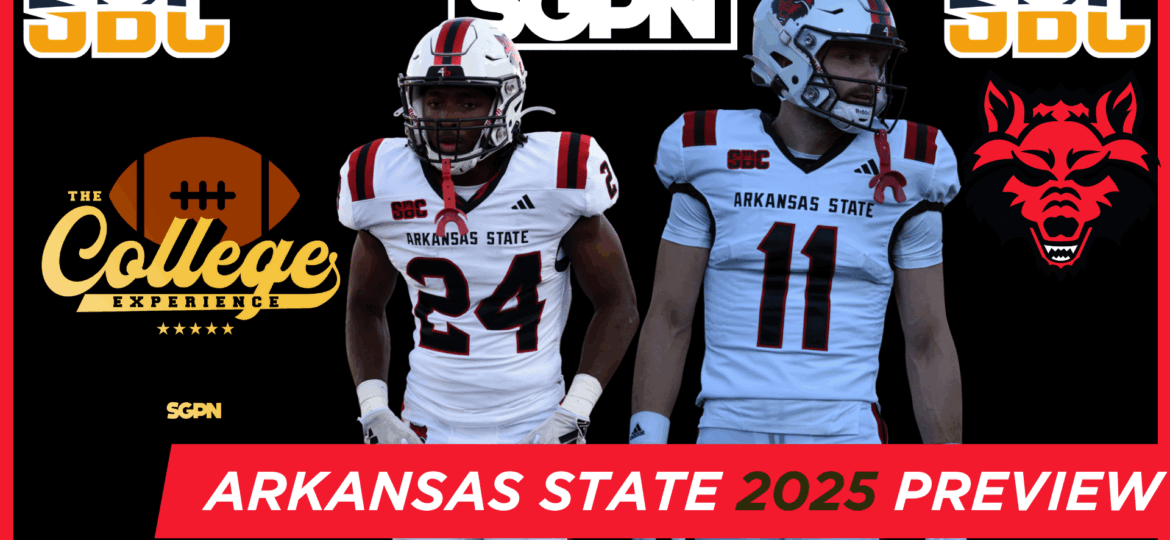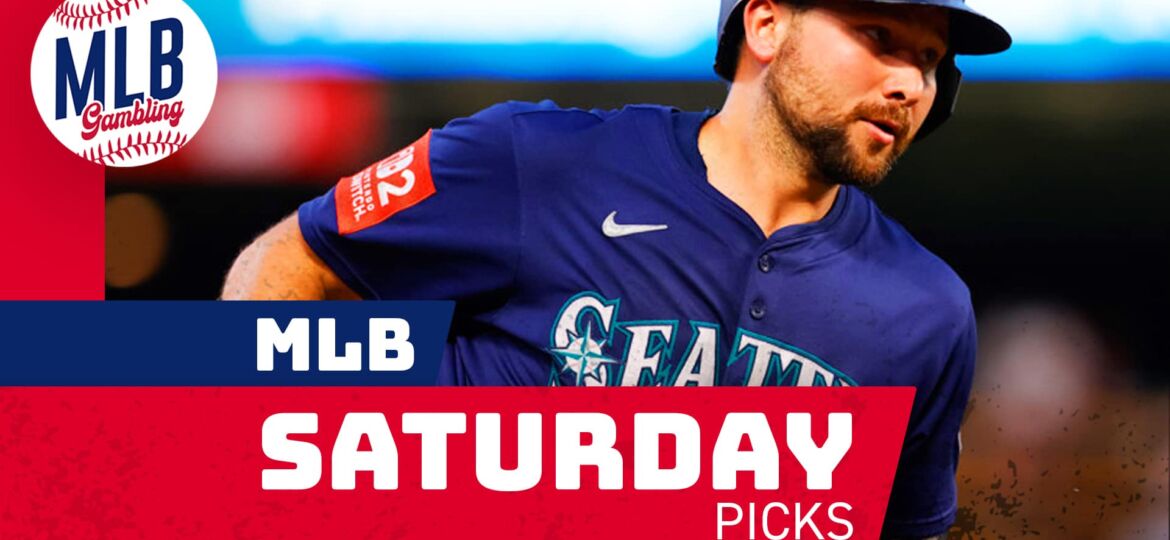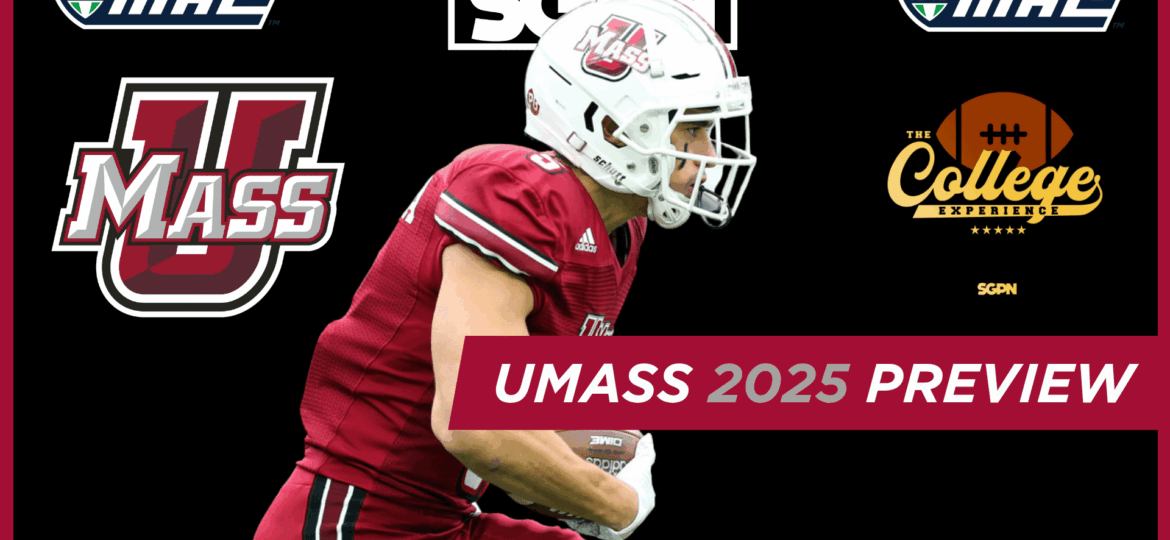DIY for NBA DFS is intended to provide insight with a variety of core ideals, angles, and applications to consider when building your lineups. In this instance, I’d like to start by taking a look at Avenues In Seeking Value in regards to your roster process on a daily basis leading up until when slates lock.
There’s an inundation of information and hot takes that are projected throughout the day across a platoon of platforms, spanning countless delivery methods. While these broadcasts may contain a number of quality impressions and stones turned over, these voices may become too loud for the novice user and the interpretations of these stances wind up trickling into lineups upon the wings of vastly the wrong approaches. Setting lineups should be thought-provoking and fun, not daunting and off-putting. As the great Bill Burr once said, “Stats are so fuckin’ stupid. It’s not that they’re stupid, it’s the way people apply ‘em.” This statement truthfully transitions over to the world of DFS. So, let’s keep it simple and remember a few things throughout your process when seeking “value”…
What Is Value And How Do I Find It?
If you’re looking to actually quantify this as a numerical quality per player, the equation would be:
[Projected] Fantasy Points Per Game / Player Fantasy Salary Cost
But in my opinion, value is subjective to the user’s perspective and what they’re seeking to implement in terms of any sort of approach. I’m not going to (or able to) slap a numerical value on how much I find a specific revenge narrative, starting role opportunity, etc. to be of a daily roster benefit, and especially if I’m a user setting rosters from the hip. They’re qualities to weigh into consideration based on the given circumstance and “project” from there. When I use the term “project/projection”, it’s in no way an assumption that anyone reading this makes their own specific player projections on a daily basis. This is because, simply put, a fair number of DFS players participate on a casual level and don’t have the time nor patience to scrape statistical data on a per-player basis spanning back the past few seasons simply to get an “accurate” fantasy point projection model. If you do, more power to you. At the end of the day you still have to pick your favorites to some degree, and you from that point place “value” on specific players. Let’s work our way down the ladder of where to find some of these values and see how you can sort of swing from each rung.
Slate Size
What you’re looking for here on a surface level is not only just the number of games but specifically which players are involved and how many of them there are to even remotely consider. Slate size will dictate a number of ways you look at players, firstly by considering public ownership and number of options per position.
Let’s say you’re looking at Player X who costs about $7,500 and forecasts to come off the bench as he usually does, averaging 27 minutes but with consistent usage well up over 30% (ie: Lou Williams), on a night with three games as opposed to nine, you’re without a doubt going to see him go from a sub-15% owned player to quite possibly one of the top-three owned players on a given slate. While there are a variety of means and tools to access a closer look at projected player ownership, common sense in this situation makes this scenario more than identifiable and requires you as the DFS player to take a stand on whether or not this player is without a doubt a must-have (and try to best the field in ownership). Or whether you want to go against the grain and fade this player for a potentially lesser owned guy in a prime position to leverage ownership in your favor if Player X happens to have a bad night. Slate size will determine value based on popular or “core” players and where substantial pivots may lie.
Matchups, Starting Lineups, and Opportunity
Aside from slate size, two more surface values you’ll be taking into consideration are player and team matchups as well as who will be starting for the teams featured in play. If Player X happens to draw a team matchup notorious for giving up points to his designated roster position, you can figure to nearly double the popularity factor I applied as an example for Player X in the last paragraph.
Matchups are going to peer through the lens of player and positional weaknesses and magnify points of attack to weigh consideration to implement. Starting lineups will typically only be a hopeful idea at the start of a day and as it progresses toward slate lock, you’ll see information release that’s more substantial confirmation in regards to who’s in, who’s coming off the bench, who’s questionable, etc. These two elements go hand-in-hand in terms of seeking value because it’s often about leverage with these.
Questionable players and iffy projected starts are often a gamble that scares off the public, so you can always account for those with cognizance to ownership. Matchups are only as good as the players starting behind them, which is what makes keeping track of player rotations on any day so important. This will adequately help you pinpoint glaring opportunity for players in roles that aren’t usually given the situation to capitalize on their price tags (starting over bench role, teammate absence, etc). And don’t forget the other added opportunity of looming narratives such as “revenge games”, where certain players may have more of a heated motivation for that evening in order to throw it back in the faces of their old cast members or coach. While it’s never encouraged to anchor your entire rosters around these notions, they are certainly a place where value can be uncovered.
Garnering value through matchups, while factoring starting lineups, will require a healthy combination of addressing positional player weaknesses at the same time as taking a stance on ownership. The Denver Nuggets could be playing against an opponent who happens to be, as we all supposedly know, the Poster Child of Terrible against centers. Now you have to assume Nikola Jokic to be the popular play in this scenario, so do you: ride the popular wave and try to best/match ownership; play his correlative backup in Mason Plumlee coming off the bench to pivot from the public in hopes of favorable game flow; play both (only on DK with multi-position eligibility, also known as MPE); or play neither and fade the entire scenario for something outside of the scope of the majority focus. That’s one of the fun parts to decide and that’s up to you.
Vegas, Pace, And Usage
Finally, you’ll want to account for how likely players are to getting you to your many needed fantasy points in order to hit paydirt. Some of the most sought out values in rostering players take into consideration for the over/under numbers stemming from Vegas (and the likes of other sportsbooks) in order to glance at a raw point total projection and to give you more of an idea of where you can see game flow providing these totals.
This is then going to prompt you to consider the pace these teams involved typically play at and what their offenses and defenses respond like to their oppositions’ tempo, as well as style of play. Pace factor is a formula used to estimate the number of possessions a team has per game. You can find updated Pace ratings for teams from a variety of host statistical sites. To keep it simple, you’re going to have more chances of scoring the more times you have the ball. This is why keeping Pace on the forefront of your mind when looking at any offensive matchup is key.
But who will be making something happen with the ball given the chance of possession? Thankfully we have a way to keep track of that known as Usage. This is a percentage determined by the sheer number of plays that a player is associated directly with from the offensive side of the ball. Shooting, free throw attempts, and turnovers are weighed over a player’s number of minutes on the court, thus providing a Usage percentage. This number is key to fantasy production because you have a much better chance of fantasy points churning out of the guy a team relies on over the one who just fills floor space. Combine this element with a high pace of play and a sizeable over/under and you’ve got a promising catalyst to fantasy point production.
Remember, there are a large variety of particulars to seek and amount value to with regards to favorably filling out rosters to your liking. I believe starting any slate by delving into this handful of avenues in seeking value will offer a confident and manageable approach to where you hinge your approach[es] leading up until lock.






















